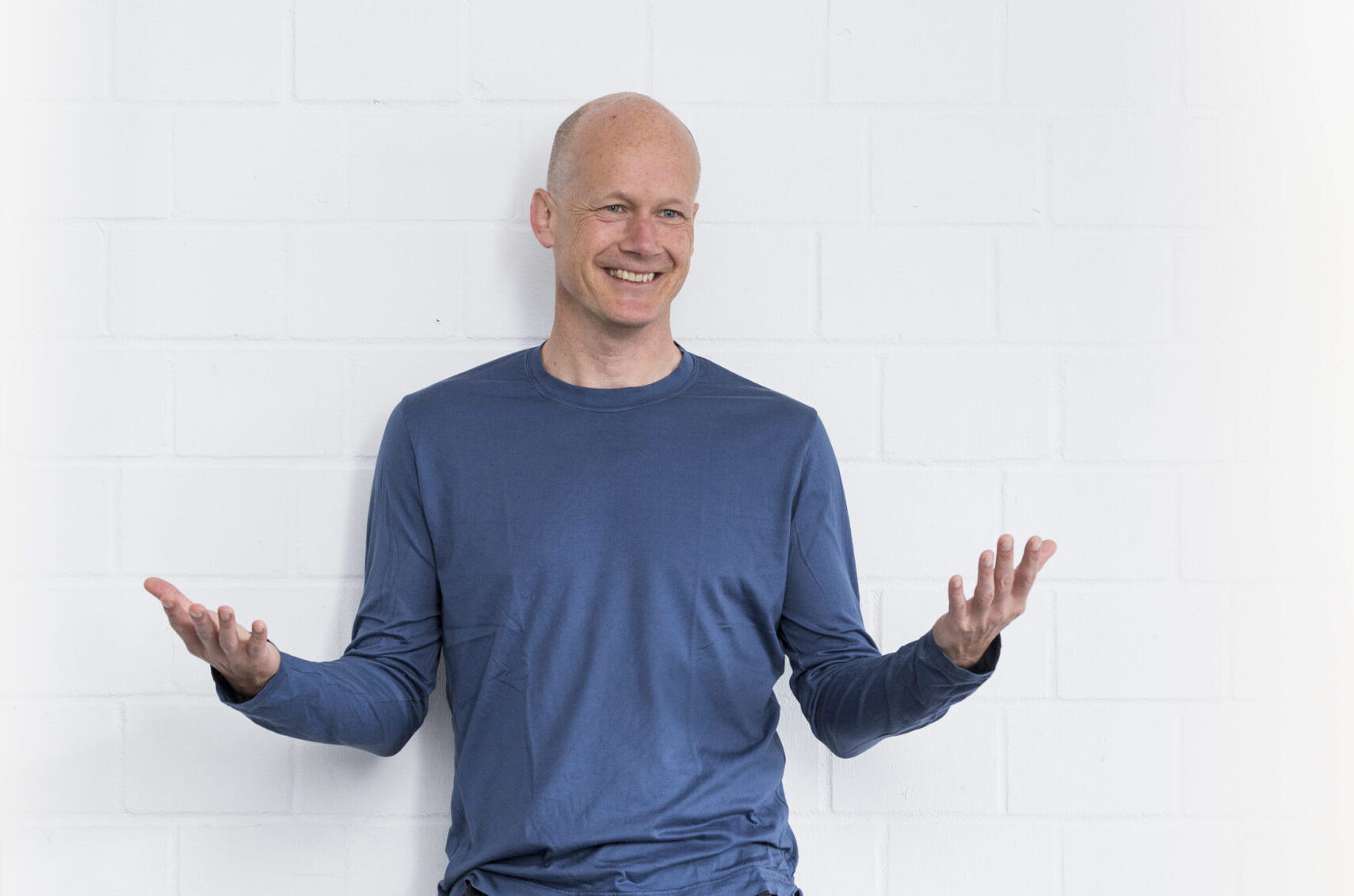Biting the bits – the future of carmakers
02.03.2022 —
The German car companies are each fighting for themselves, and all of them are too slow – this is how “Manager Magazin” describes the industry’s attempts to prepare for the future of the car as a rolling computer. It is true that manufacturers have drastically increased their software development staff, reports the magazine in its March issue. But, “The world of bits and the world of sheets, it seems, don’t go together.”

What has to happen to prevent VW, Daimler and BMW from missing the boat and eventually being overtaken by the Apple Car? We talked about this with Jürgen Müller, head of software at technical developer IAV. He says, “Manufacturers need to adapt their thinking patterns to the software issue.”
Interview: Robin Kittelmann
The relevance of software in the automotive sector has been steadily increasing for years. In your opinion, are the manufacturers prepared for this pressure for innovation?
Jürgen Müller: Manufacturers have to adapt their thinking patterns to the topic of software and say goodbye to perfectionist demands. In the networked world, it is no longer possible to completely predict a result and define a solution down to the last detail. Everything is in a constant state of flux, and by the time a result is achieved, new basic requirements are already in place.
We have to learn to live with incompleteness in our own solutions, something we have not been used to in the past with hardware components in vehicle development. Software is never completely finished and requires constant further development and optimization even after market launch. Holding on to perfection costs speed, which is crucial against the backdrop of shortening development times.
How can car manufacturers achieve the necessary speed in development?
High and intelligently applied degrees of automation help to increase efficiency and speed and enable rapid iteration. However, this form of process optimization alone is not enough to meet the software challenge. The manufacturers’ business model is moving into the digital ecosystem. When it comes to the topic of vehicles, the term “smartphone on wheels” often comes up. That is not entirely appropriate, because up to now the essential functions have not been comparable to a smartphone. But through networking, the car is now also becoming a window into the online service world of the user.
Strategically, it is not enough to integrate familiar services into a vehicle. For manufacturers, it is necessary to rethink their business models from the ground up, away from vehicle-driven developments towards offers from the so-called information space, in order to become mobility providers. The vehicle themes must thus subordinate themselves to the digital space in order to establish an attractive platform for new digital business models on the market.
Furthermore, the better my adaptability for new things and impulses, the better my result will be and the more competitive I will be.
How can manufacturers build up this attractiveness?
The turnaround I have outlined can only work through successful partnering or acquisition of companies. There are companies that operate in the digital ecosystem already much more successfully than the classic manufacturers, for example Amazon or Apple. I am sure that Apple will continue to show standards for digital immersion.
However, I am convinced that the manufacturers still have a big advantage. That is their strong brand, which is associated with emotionality. They need to carry this strength into the digital ecosystem. For this, it seems advisable to look for the right partners instead of a catch-up programme. If, on the other hand, carmakers do not shift their activities to the information space and drive them forward there, they risk, in perspective, being subsumed into the value creation of others.
How can IAV as a partner support manufacturers on their way into the digital ecosystem?
We want to act as a connector between the information space and the physical world and build a bridge. As a long-standing development partner of manufacturers and as a tech solution provider, we can use our wide-ranging know-how to think ahead, develop solutions at an early stage, incorporate them into our projects and make them available to our customers.
The bridge to be built is based on a holistic approach, which we in the software sector call “Mastering Software”. For us, this is not just about developing software, but about the ability to live software. “Mastering Software” arises from the combination of end-to-end software architecture, automotive software engineering and digital lifecycle management.
This will enable us to provide solutions for connected mobility offers in the future and to take on more responsibility. In this way, we make it easier for manufacturers to jump in at the deep end and can help them to break away a little more easily from a demand for perfection.
What solutions are you already introducing?
One concrete topic for us is the Automotive Cyber Defense Center (ACDC). This is a solution for a cyber security monitor that we have preconceived. The system keeps an eye on entire vehicle fleets and the road infrastructure, detects potential threat scenarios, analyses them and can initiate countermeasures. Another highlight is a solution from the field of cloud engineering. With Erzmobil in Saxony, we have succeeded in establishing a line-demand transport service for rural areas via a digital mobility platform.
In the future, we will also focus on the topic of high-performance vehicle software. More and more functionalities in the vehicle are being implemented on processors and it is necessary to open up different platforms and operating systems and to flank them with modern cyber security systems. With our broad range of offers, we want to establish ourselves on the market as a tech solution provider for software.
What does your path to become a software tech solution provider look like in concrete detail?
We can already offer solutions for software and tool chains that move in the car, in IT systems and on mobile end devices. We are already very good on the vehicle side. However, we still have to improve on the topics of connectivity and the cloud. It is important for the further development of our know-how to look beyond our own horizons.
The pace of innovation in the area of software is not Europe-centred, but is currently set in the USA and China. We don’t have to be the fastest everywhere, but an international footprint and intensive exchange is certainly also a point that makes us more attractive for younger employees.
We need young and creative minds to achieve our goal of becoming a tech solution provider for software. At IAV, we offer these young talents a wide range of creative opportunities. Not only do we benefit from their ideas and innovations, but so do our clients.



